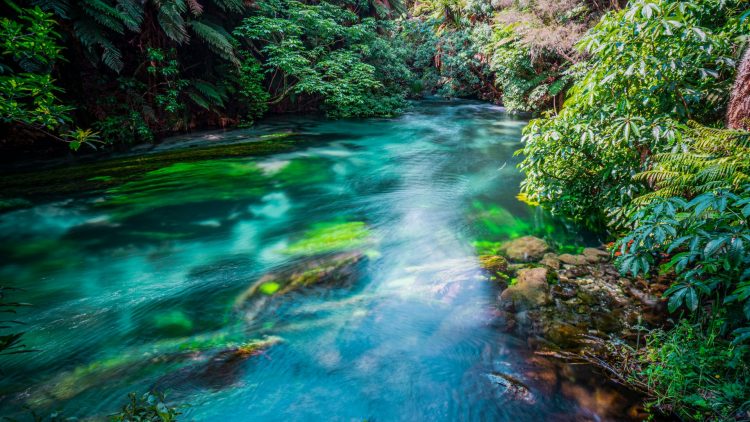普塔鲁鲁和 Tīrau 的历史
梯饶
Tirau 是普塔鲁鲁西北 9 公里处的一个小镇。Tīrau 成立于 1870 年,作为军事哨所,成为旅客的教练站。
最初,Tirau 被称为牛津,以确定它是剑桥的姐妹城镇。后来它被命名为 Tīrau,以避免与坎特伯雷的牛津混淆。一家乳品厂建于 1938 年,1982 年建成了酪蛋白工厂。
Tirau 拥有许多咖啡馆、手工艺品和古玩店,迄今为止,这是 1 号国道上游客的热门停靠站。蒂劳的全国臭名声来自于装饰该镇的众多波纹铁雕塑和建筑物。这些地标吸引了来自全国各地的人。
ōkoroire
奥
科罗尔位于 Tīrau 东北 6 公里处。作为社区的核心是奥科罗瓦尔酒店建于 1889 年。Okoroire 酒店利用附近的天然温泉,长期以来一直受到 Ngāti Raukawa 的重视。部落祖先 Raukawa 出生在 Okoroire。仙女池和萤火虫是当地人和游客的热门景点。
Putaruru
Puraruru 是一个距汉密尔顿东南 64 公里的小镇。
普塔鲁鲁首次出现在 1886 年左右,当时通往罗托鲁瓦的铁路线正在建设。1905 年,在王室收购周围土地之后,陶波托塔拉木材公司修建了一条从陶波森林到 Putaruru 的有轨电车公路,那里有一个磨坊。20 世纪 20 年代在怀卡托河上建造的阿拉普尼大坝进一步增加了普塔鲁鲁的人口。到 1946 年,它有 1,160 人,第二年它成为自治市镇。
今天,林业继续在当地经济中发挥至关重要的作用。Putaruru 还成为新西兰最大的瓶装水来源,出口到世界各地。
Arapuni
阿拉普尼是普塔鲁以西 14 公里处的一个定居点,包括怀卡托河上的一个水力发电大坝。该大坝于 1929 年开放。大坝和水力湖之间的人行道已成为一个受欢迎的钓鱼和水上运动场所。人行道是怀卡托河步道的一部分,这是一个人行道网络。
利奇菲尔德
在 19 世纪 80 年代,泰晤士河谷土地公司的基地比普塔鲁大。在通往罗托鲁瓦的铁路完成之前,这也是一个长途汽车站。18 世纪 80 年代的文物包括砖水塔和一座由 Putaruru rhyolite 石制成的小商店建筑。今天,南半球最大的奶酪厂位于利奇菲尔德。

















































